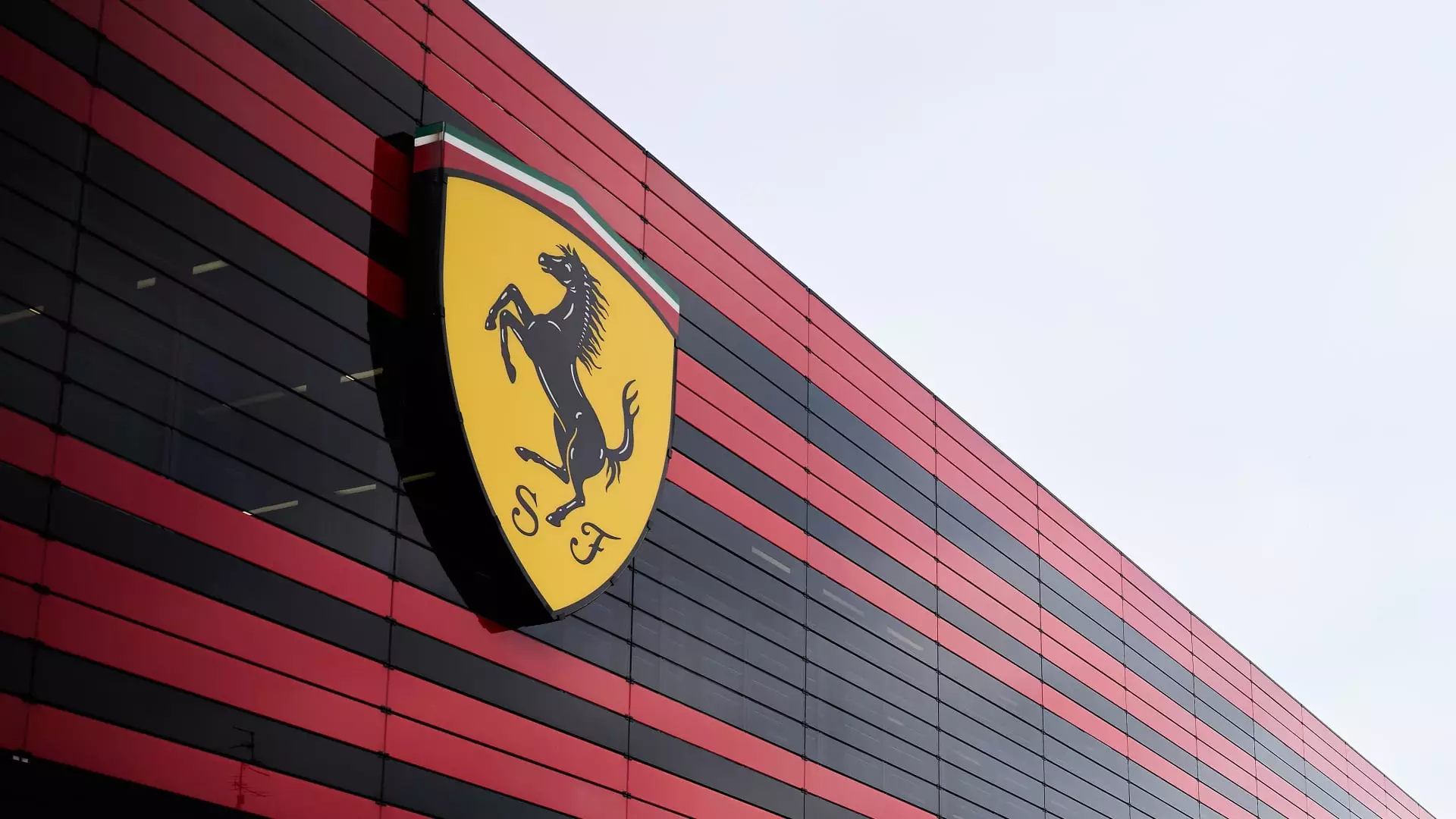In a bold move that exemplifies both the luxury market’s resilience and the crushing weight of government tariffs, Ferrari announced a 10% price increase on select models following new auto tariffs instituted by the Trump administration. This translates to jaw-dropping price hikes, potentially raising the cost of certain models by as much as $50,000. Such decisions are a testament to the tumultuous relationship between luxury brands and government policies.
Given that Ferrari operates exclusively from its Maranello factory, these tariffs hit particularly hard. The exclusivity of Ferrari’s brand is intrinsic to its selling proposition; however, the reality of increased costs may alter consumer sentiment. Current economic conditions fuel a growing discourse on wealth disparity and consumer responsibility in luxury purchases. While those drawn to purchase a Ferrari presumably have significant disposable income, the general sentiment of price inflation may foster a disconnect with brand loyalty.
The Price of Prestige
Ferrari’s announcement comes not in a vacuum but amidst a political landscape rife with uncertainty. With the price of the Purosangue SUV, for example, starting at a staggering $430,000, a 10% increase translates into an additional $43,000—an eye-watering sum for most buyers. Furthermore, for limited editions like the F80, the increase can exceed $350,000 for cars already priced over $3.5 million. This raises an important question: How much are consumers willing to bear as the costs associated with purchasing luxury increase?
In his interviews, Ferrari’s CEO Benedetto Vigna encapsulated the paradox of high-end automobile sales, stressing the need to respect affluent clients who’ve presumably ‘worked hard.’ Yet, the statement rings superficial in the broader context of economic inequality. We have to examine whether luxury brands can ethically engage in price hikes, promoting a culture of exclusivity while simultaneously driving division. The truth is that a substantial segment of potential buyers may face a reckoning with the values behind such extravagant purchases.
Sales Impact and Market Dynamics
While it is widely anticipated that affluent buyers may absorb these costs with relative ease, the critical question remains: what will the long-term effects be on Ferrari’s sales? Despite an existing waiting list spanning over a year, any potential backlash against steep price increases could alter consumer perception. Will Ferrari continue to flourish in a socio-economic climate where increasingly visible disparities prompt buyers to reconsider their spending habits?
Beyond the immediate implications for Ferrari, the broader automotive industry finds itself at a dangerous crossroads. With the U.S. “Big Three” automakers faltering slightly, amid a different consumer base with less cushion against rising prices, this is an inflection point. It begs the question of whether luxury and mainstream brands alike can sustain growth under oppressive tariff conditions. The prospect of Ferrari launching its first all-electric model later this year adds another layer to this complex chess game.
Overall, Ferrari stands at the precipice of a notable paradigm shift, as they prepare to navigate the choppy waters of elevated prices and tariffs. The strategies they employ in this new economic landscape could resonate far beyond their esteemed marque, defining future market behaviors in luxury industries globally.

